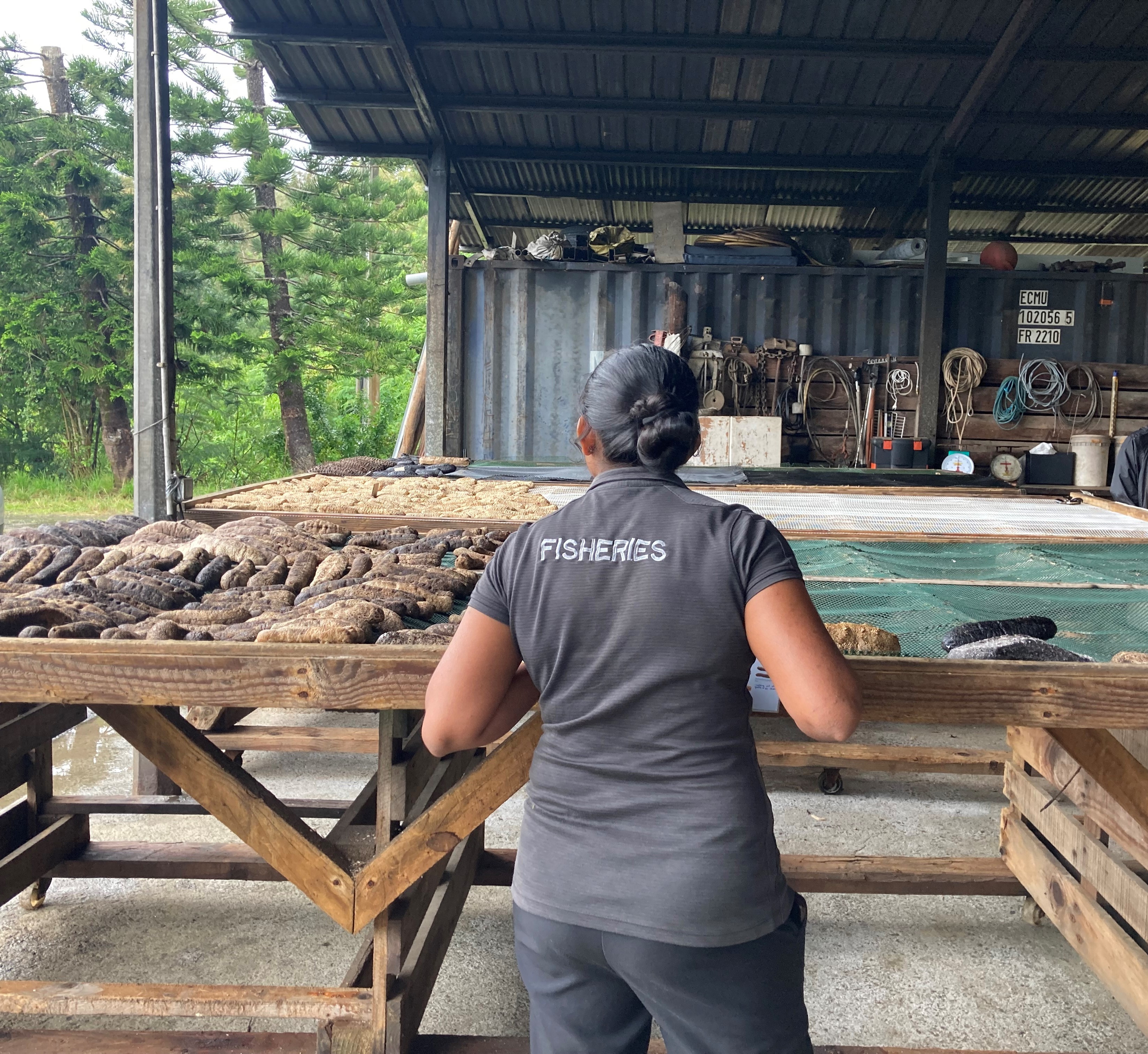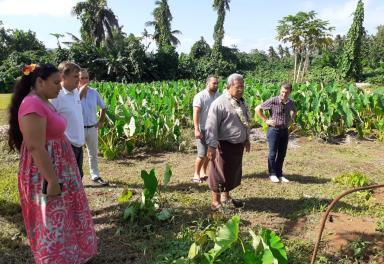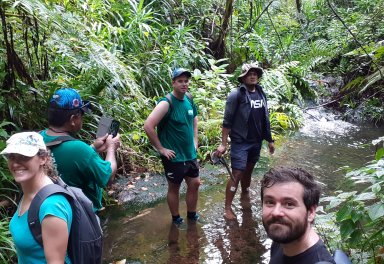Additional training course on the identification of holothurians in New Caledonia
This Monday 18th and Tuesday, July 19th, relevant Caledonian stakeholders, and Fijian representatives of the Fisheries Department received training in the identification of sea cucumbers in New Caledonia.
The Convention on International Trade in Endangered Species of Wild Fauna and Flora (CITES) has listed two new endangered species in 2020: white (Holothuria whitmaei) and black (Holothuria fuscogilva) teats.
Highly coveted by China, sea cucumbers are heavily fished for their added and commercial value. Export could be prohibited if stock is not sustainably managed, i.e., if the fishery leads to a constant decline of the species.
New regulations require exporting countries to implement monitoring and control systems.
Requested by local authorities, a one-day training session on the identification of holothurians in New Caledonia was organized. This training is the result of a collaboration between the FAME and CCES divisions/Pacific Community PROTEGE project.
Successfully completed in 2021, a second edition was held this year. The training was intended for customs control officers, the veterinary, food, and phytosanitary inspection service (SIVAP), and marine resource managers from the North and South Provinces. Three representatives of the Fijian Fisheries Service were invited by the FAME Division of SPC to discuss processing methods and implemented regulations.
The event was held at a professional New Caledonian fisherman’s workplace. The training was divided between theory and practice. First, the various existing species in New Caledonia have been introduced. A guide was distributed to all participants to distinguish the different live and processed species for exportation. SIVAP spoke about the regulations on sea cucumber export.
As for practice, the participants were able to handle the key species of holothurians in New Caledonia. To close the training, the participants took a test to validate the knowledge acquired. The success rate is 100%!
The participants will soon receive an underwater guide, submersible, to identify the different species of sea cucumbers observed during diving and fishing. This guide was produced by the FAME division of SPC.
In addition, the application of the rules implies a long process of data collection (stock status). To this end, PROTEGE has financed an inventory of sea cucumber stocks. This data collection will enable the export quotas to update.
Want to learn how to identify holothurian? Watch these video tutorials: HERE








